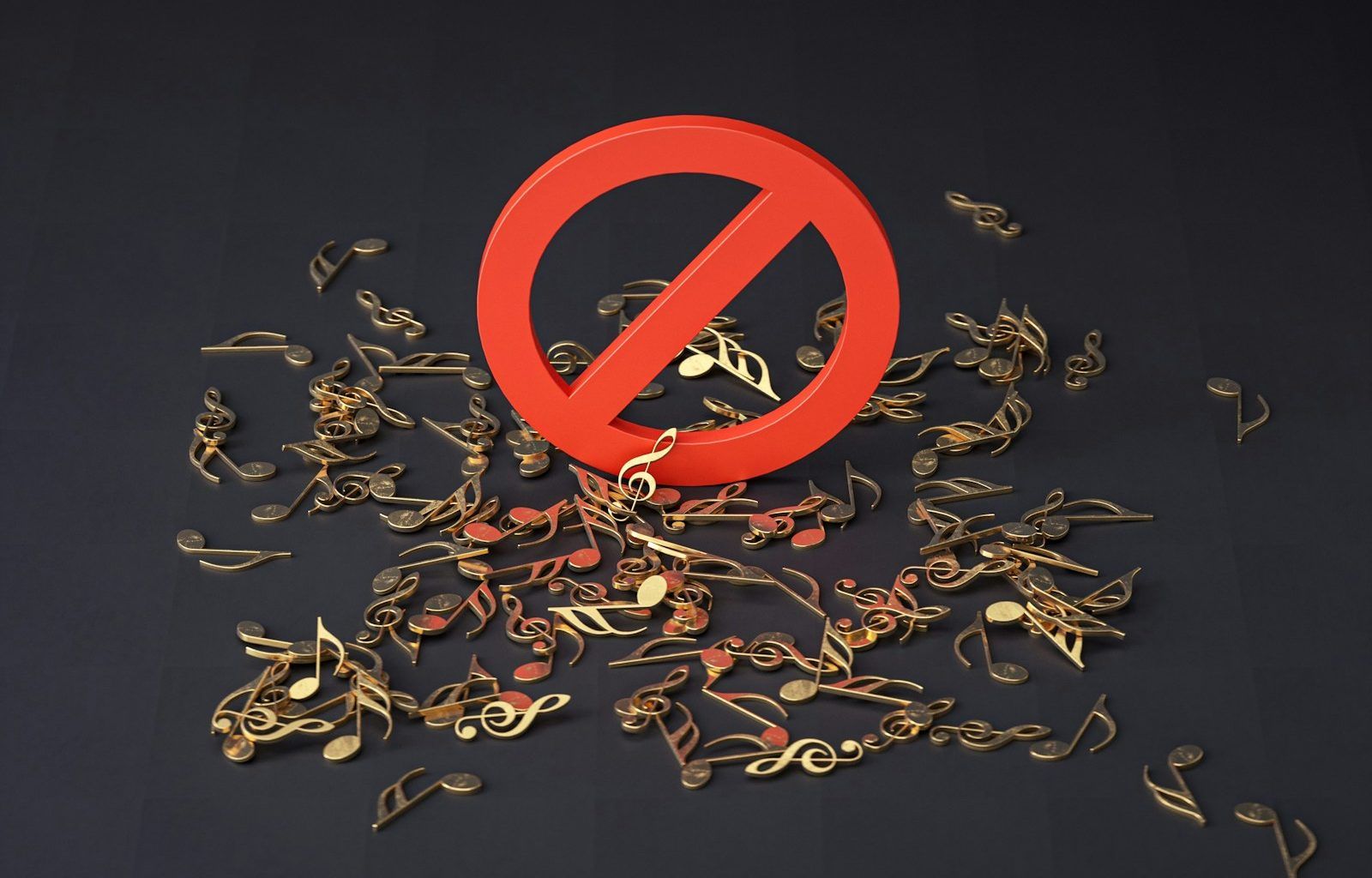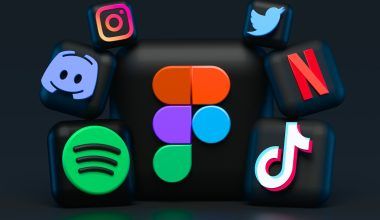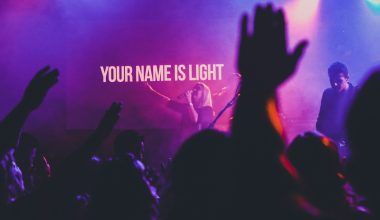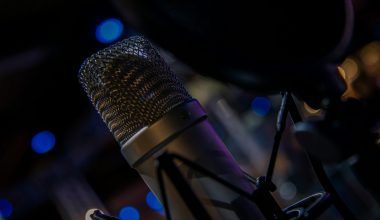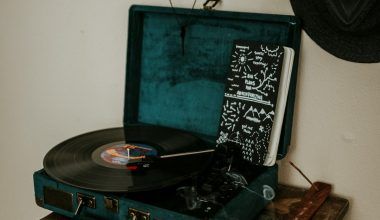YouTube is a fantastic platform where millions of creators upload videos daily to share their ideas, skills, and stories. However, not everything goes smoothly for every creator. One of the most common challenges people face is dealing with copyright strikes. But how do you get copyright strikes on YouTube? Understanding this issue is the first step to avoiding it.
What is a Copyright Strike?
A copyright strike is YouTube’s way of letting you know that you’ve used someone else’s copyrighted material in your video without their permission. This material could be anything like music, videos, images, or even sounds that someone else owns. The copyright owner can file a complaint against your video, which may lead to a strike. If you’re not careful, these strikes can harm your channel’s reputation or even lead to its removal.
Common Reasons for Getting a Copyright Strike
There are several ways creators inadvertently get copyright strikes on YouTube. Knowing these reasons can help you stay on the safe side.
Using Copyrighted Music
One of the most common reasons for a copyright strike is using music without permission. It’s tempting to add a trending song to your video to make it more engaging. However, most popular music is protected by copyright. If you use it without proper licensing, the music’s owner can file a claim.
Reposting Other People’s Videos
Another common mistake is re-uploading someone else’s video, either in its entirety or partially. This includes content like movie clips, sports highlights, or viral videos. Even if your intention is to entertain or educate, you need the original creator’s permission.
Using Stock Footage Without a License
Even stock footage can land you in trouble if you haven’t purchased the correct license. Some creators assume that footage available online is free to use, but that’s often not the case. Always double-check the usage rights.
How YouTube Detects Copyrighted Material
YouTube uses an advanced tool called Content ID to scan videos for copyrighted material. When you upload a video, YouTube automatically compares it against a massive database of copyrighted content. If a match is found, YouTube notifies the copyright owner, who can decide to take action. They might block your video, monetize it for themselves, or issue a copyright strike.
What Happens After You Get a Copyright Strike?
Getting a copyright strike can feel stressful, but understanding what happens next can help you deal with it effectively.
First Strike
When you receive your first strike, YouTube will notify you via email and in your account. You will lose access to live streaming and other features for 90 days. However, your channel won’t be taken down as long as you resolve the issue.
Second Strike
A second strike within the same 90-day period is more serious. It limits your channel’s features further and increases the risk of account termination if another strike occurs.
Third Strike
If you receive a third copyright strike, YouTube will terminate your channel entirely. This includes all your videos, subscribers, and watch history. That’s why it’s essential to take every strike seriously.
How to Avoid Copyright Strikes on YouTube
Thankfully, avoiding copyright strikes isn’t too hard if you’re aware of the rules and take proactive steps. Here are some tips to keep your channel safe:
Use Royalty-Free Music and Stock Footage
Royalty-free resources are lifesavers for creators. Websites like Epidemic Sound, Artlist, and Storyblocks offer licensed music and footage you can use without worrying about strikes. Just make sure to read the terms of use carefully.
Create Original Content
The safest way to avoid copyright issues is to create original content. This means filming your own videos, composing your own music, and designing your own graphics. It’s more work but ensures complete control over your content.
Obtain Proper Licenses
If you really want to use copyrighted material, reach out to the copyright owner and ask for permission. While this might involve paying a fee, it’s worth it to keep your channel safe.
Understand Fair Use
Fair use is a legal doctrine that allows limited use of copyrighted material without permission. For instance, you might be able to use short clips for commentary, criticism, or education. However, fair use is complex and varies by country, so consult a legal expert if you’re unsure.
What to Do if You Get a Copyright Strike
If you’ve already received a strike, don’t panic. Here’s what you can do:
Review the Claim
First, read the claim carefully. Check if it’s accurate and understand the copyrighted material involved.
Contact the Copyright Owner
Sometimes, you can resolve the issue by contacting the copyright owner directly. They might agree to retract the strike if you explain your situation or make changes to your video.
File a Counter-Notification
If you believe the claim is wrong, you can file a counter-notification. This process involves proving that your use of the material was lawful. However, this is risky and should be a last resort.
Take Down the Video
If nothing else works, remove the video to prevent further issues. While this might feel like a loss, it’s better than risking your entire channel.
The Importance of Educating Yourself
One of the best ways to avoid copyright strikes is by educating yourself. Spend some time understanding YouTube’s copyright policies and learn how to use Content ID tools. Knowledge is your best defense against copyright issues.
Conclusion
So, how do you get copyright strikes on YouTube? It usually happens when you use copyrighted material without permission. However, by creating original content, using royalty-free resources, and obtaining licenses, you can steer clear of trouble. Always stay informed and take proactive steps to protect your channel. After all, your hard work deserves to be seen, not taken down.
Related Articles:
For further reading, explore these related articles:
- How Many Songs Do BTS Have? A Look Into Their Amazing Music Journey
- I Fall Apart Lyrics – Understanding the Song That Speaks to Your Heart
For additional resources on music marketing and distribution, visit DMT RECORDS PRIVATE LIMITED
